In the rapidly evolving digital landscape, the importance of SEO content writing cannot be overstated. It serves as the bridge between your valuable content and the vast online audience searching for it. Whether you’re a seasoned marketer or a novice blogger, mastering the art of SEO content writing is essential for online success.
This comprehensive guide will take you through the importance of SEO content writing, types of SEO content, and the step-by-step process of creating content that not only ranks well in search engines but also engages and informs your audience.
Why SEO Content Writing Matters
SEO (Search Engine Optimization) content writing is the process of creating content that not only informs and engages your audience but also ranks higher in search engine results for relevant keywords.
The benefits of SEO content are manifold:
- Reaching Your Target Audience: By aligning your content with the search queries of your target audience, you increase the likelihood of attracting the right visitors to your website. This targeted approach ensures that those who land on your page are genuinely interested in what you have to offer.
- Boosting Organic Traffic: Higher rankings in search engines lead to increased visibility and organic traffic. This means less reliance on paid advertising and more sustainable growth for your online presence.
- Driving Conversions and Engagement: Engaging and informative content not only attracts visitors but also encourages them to take action. Effective SEO content marketing can drive meaningful engagement, whether it’s signing up for newsletters, making purchases, or sharing your content.
Types of SEO Content
SEO content comes in various forms, each serving a unique purpose in your content strategy:
- Blog Posts: Informative and engaging articles that delve into specific topics related to your industry or niche. Blogging allows you to showcase your expertise, address common questions, and establish authority in your field.
- Product Pages: Descriptions of products or services optimised with relevant keywords to attract potential customers. These pages should be informative, persuasive, and easy to navigate to encourage conversions.
- Guides and How-To Articles: Comprehensive resources that provide step-by-step instructions or advice on specific topics. Guides are valuable assets that can attract organic traffic and serve as evergreen content.
- Videos: Visual content that appeals to both users and search engines. Videos often rank well in search results and can enhance user engagement and retention.
- Infographics: Visual representations of data or information that are easily shareable and often linked to other websites. Infographics are great for conveying complex information in a digestible format.
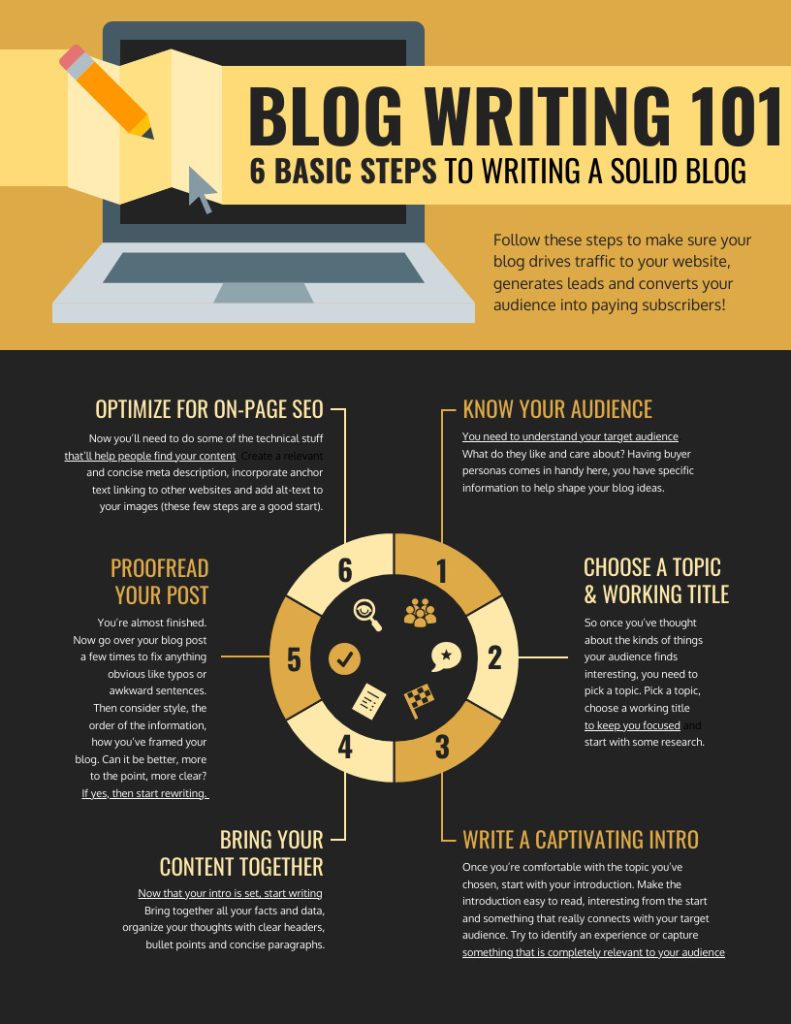

The SEO Content Writing Process: A Step-by-Step Guide
Step 1: Keyword Research and Understanding Search Intent
Keyword research lays the foundation for effective SEO content writing. Tools like SEMrush, Google Keyword Planner, and Ahrefs can help identify relevant keywords with high search volume and low competition. Understanding search intent ensures your content meets users’ needs, aligning with their search queries.
When conducting keyword research, consider the following:
- Long-Tail Keywords: These are less competitive, longer, and more specific keyword phrases that visitors use to find information, products, or services along the marketing funnel. Incorporating long-tail keywords helps capture highly targeted traffic.
- Search Volume and Competition: Aim for keywords with a balance of decent search volume and manageable competition. High-volume keywords may be competitive, while low-volume keywords may not attract enough traffic.
- Relevance to Your Audience: Ensure the chosen keywords are relevant to your target audience and the content you plan to create. This alignment improves the chances of ranking for those keywords and attracting the right visitors.
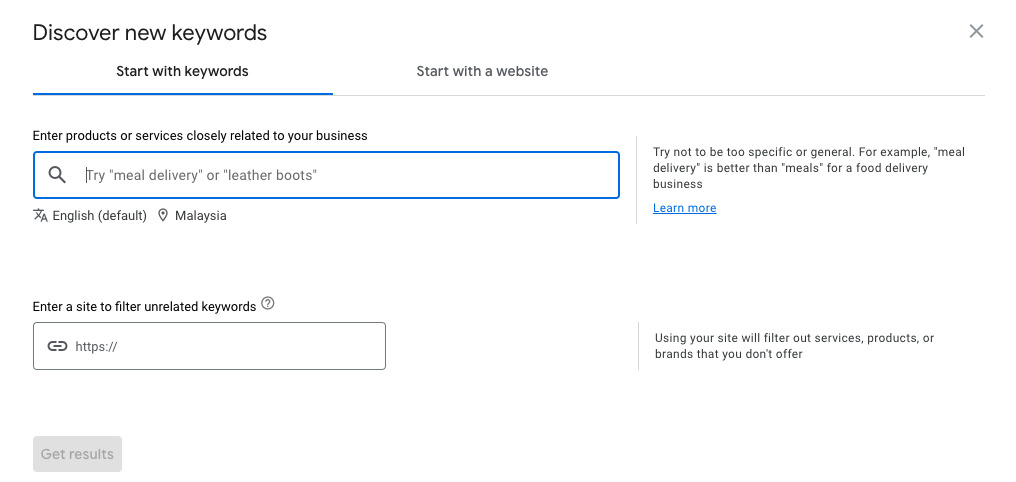

Step 2: Defining Your Target Audience
Effective SEO content is tailored to the needs and preferences of your target audience. Before creating content, define who your audience is, their interests, pain points, and preferences. This ensures your content resonates with them and encourages engagement.
Consider the following when defining your target audience:
- Demographics: Age, gender, location, income level, etc.
- Psychographics: Values, beliefs, interests, attitudes, lifestyle, etc.
- Behavioural Factors: Online behaviour, buying patterns, preferences, etc.
Understanding your audience helps you create content that speaks directly to their needs and desires.
Step 3: Conducting Content Gap and Competitor Analysis
Analysing competitors’ content provides valuable insights into what works in your industry. Identify content gaps—topics or keywords your competitors haven’t covered—and capitalise on them.
Tools like Ahrefs Content Gap Tool and SEMrush’s Gap Analysis Tool can aid this process.
Content gap analysis involves:
- Identifying Competitors: Look at competitors’ rankings for your target keywords.
- Evaluating Their Content: Analyse the type of content they produce, its quality, and engagement levels.
- Identifying Gaps: Look for topics or keywords that competitors haven’t covered or could be covered more comprehensively.
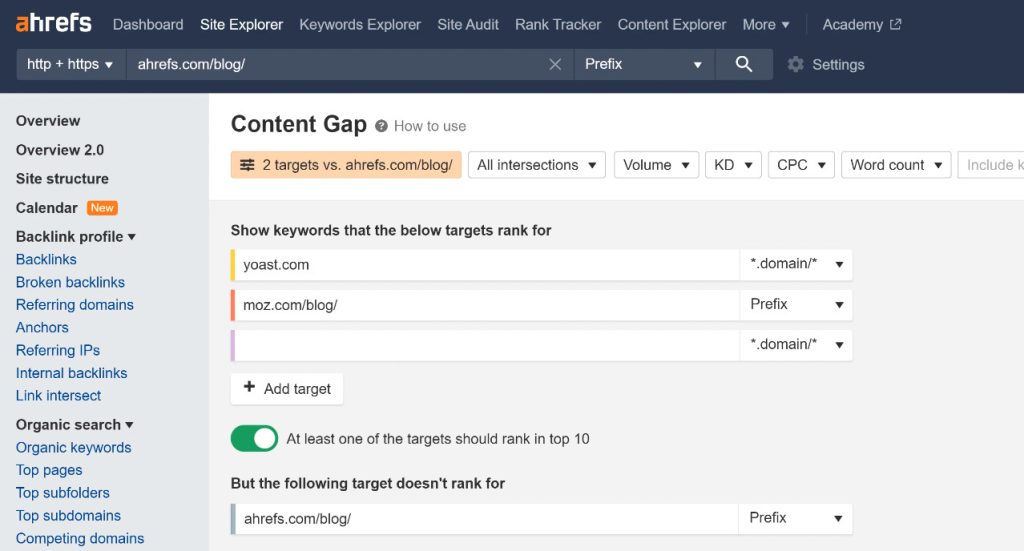

Step 4: Crafting Compelling Headlines and Titles
Your headline is the user’s first impression of your content. Make it count by including your primary keyword and creating a sense of urgency or curiosity. Avoid clickbait and ensure your headline accurately reflects the content of your article.
When crafting headlines:
- Use Power Words: Words that evoke emotion or curiosity, such as “ultimate,” “essential,” “effective,” etc.
- Be Clear and Concise: Clearly communicate what the content is about in a concise manner.
- Include Numbers or Statistics: Headlines with numbers, such as “10 Tips for…”, tend to attract more clicks. A well-researched topic with facts and statistics will attract backlinks.
Step 5: Creating High-Quality, Value-Driven Content
Quality content is paramount in SEO content writing. Research thoroughly, provide valuable information, and aim to answer questions or solve problems for your audience. Long-form content often performs well but always prioritises quality over quantity.
When creating content, consider the following:
- Originality: Provide a unique perspective or fresh take on a topic to stand out.
- Actionable Advice: Offer practical tips or steps that readers can implement.
- Engaging Writing: Use storytelling, anecdotes, or examples to captivate your audience.
Step 6: Optimising On-Page Elements
On-page optimisation involves fine-tuning various elements of your webpage to improve visibility and relevance to search engines. This includes:
- Crafting a Compelling Meta Description: A concise summary of your content that appears in search results. Include your primary keyword and entice users to click.
- Using Proper Heading Tags (H1, H2, H3): Organise your content with headings to improve readability and SEO.
- Incorporating Relevant Internal and External Links: Internal links guide users to related content on your site, while external links to reputable sources add credibility.
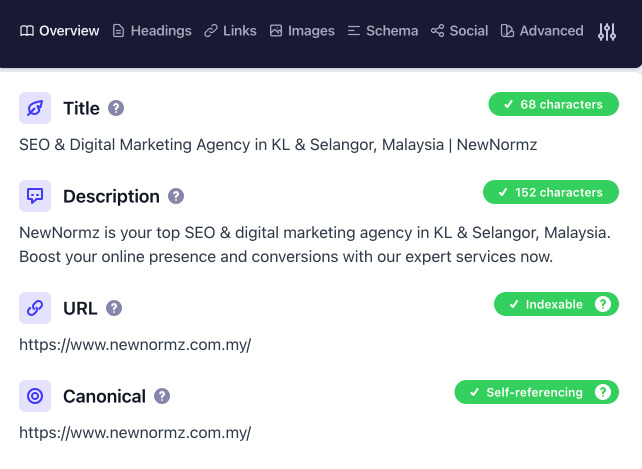

Step 7: Leveraging E-E-A-T Principles
E-E-A-T stands for Experience, Expertise, Authoritativeness, and Trustworthiness—key factors Google considers when ranking content. Demonstrate your expertise, establish authority by citing credible sources, and build trust by providing accurate information.
To enhance E-A-T:
- Create Author Bios and Credentials: Clearly display author bios with relevant credentials and expertise.
- Cite Trustworthy Sources: Back up your claims with data and references from reputable sources.
- Showcase Testimonials and Reviews: User testimonials and reviews can boost credibility and trust.
Read more on the importance of E-E-A-T here.
Step 8: Building Internal Links and Content Clusters
Internal linking guides users through a logical flow of information and helps search engines discover your content. Create a network of internal links between related pages and consider content clusters—pillar pages supported by related articles.
When building internal links:
- Create a Hierarchical Structure: Organise your content into categories and subcategories.
- Use Descriptive Anchor Text: Anchor text should be relevant and descriptive of the linked content.
- Update and Maintain Links: Regularly check and update internal links to ensure they remain relevant and functional.
Step 9: Optimising Visual Content
Visual content enhances the user experience and improves SEO. Use descriptive alt text for images, compress images for faster loading times, and create engaging infographics to convey complex information.
Visual content optimisation tips:
- Alt Text for Images: Describe images using alt text for accessibility and SEO benefits.
- Optimised Image File Names: Use descriptive file names that include relevant keywords.
- Infographics and Videos: Create visually appealing infographics and engaging videos to diversify your content.
Step 10: Measuring Success with Analytics
Track the performance of your SEO content with tools like Google Analytics . Monitor organic traffic, bounce rate, conversion rate, and engagement metrics to refine your strategy and improve results.
Analytical metrics to track:
- Organic Traffic: Measure the number of visitors from organic search results.
- Bounce Rate: Percentage of visitors who navigate away from the site after viewing only one page.
- Conversion Rate: Percentage of visitors who complete a desired action, such as signing up or purchasing.
- Engagement Metrics: Time on page, pages per session, social shares, etc.
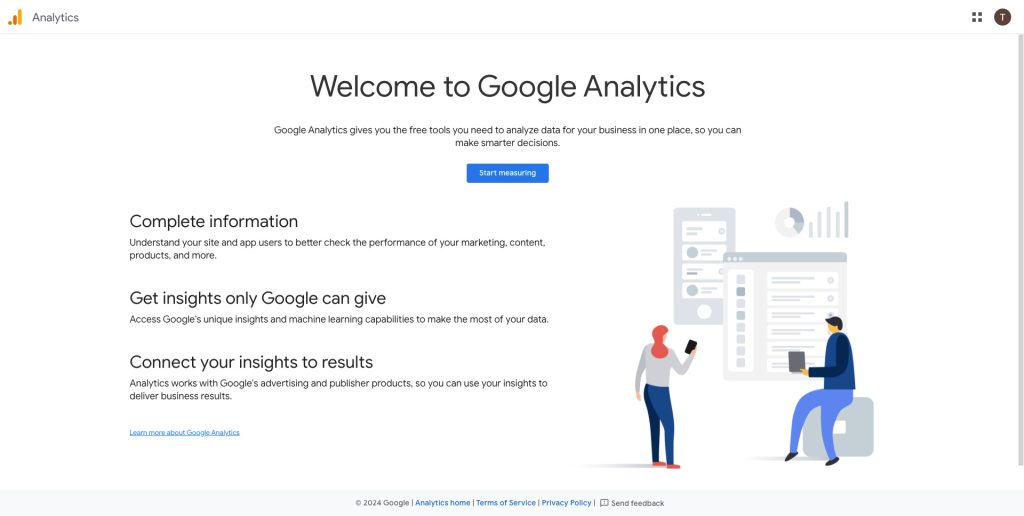

Conclusion
Mastering SEO content writing is an ongoing learning, experimentation, and adaptation journey. By following the step-by-step guide outlined above, you’re on your way to creating compelling, valuable content that ranks well and resonates with your audience.
Remember, SEO content writing is about delivering real value to your readers while meeting search engine criteria. Start implementing these strategies today and watch your online presence soar.
Discover quick-win SEO strategies to boost your ranking here or reach out to our SEO consultants in Malaysia to plan your SEO journey.
Bryan Tan is an SEO Specialist and CEO at Newnormz, helping hundreds of businesses achieve first-page rankings on Google. With a passion for driving organic growth, Bryan blends innovative strategies with hands-on experience to optimize websites for maximum visibility. Always at the forefront of the latest SEO insights and trends, he consistently adapts to the evolving digital landscape.






